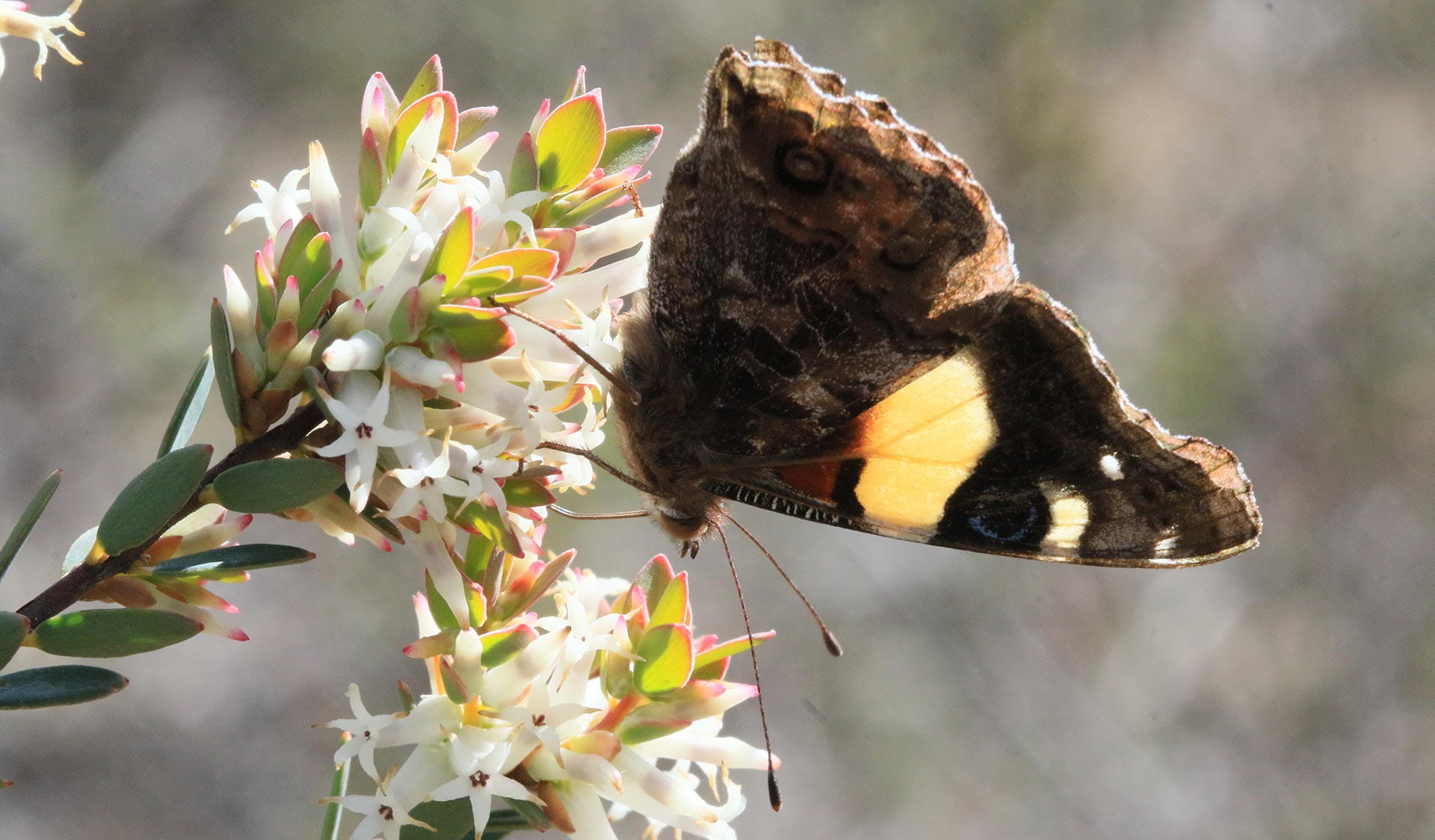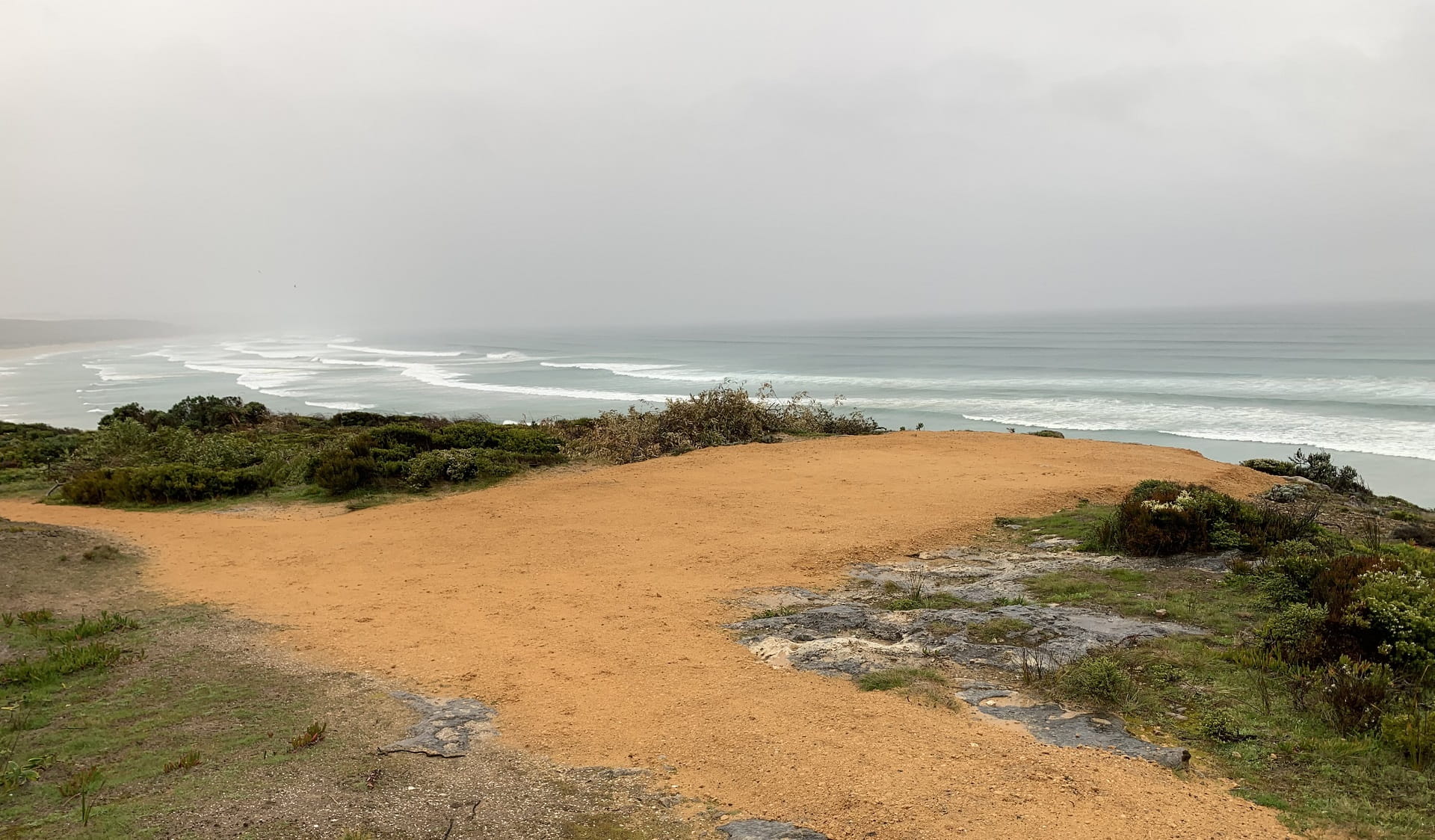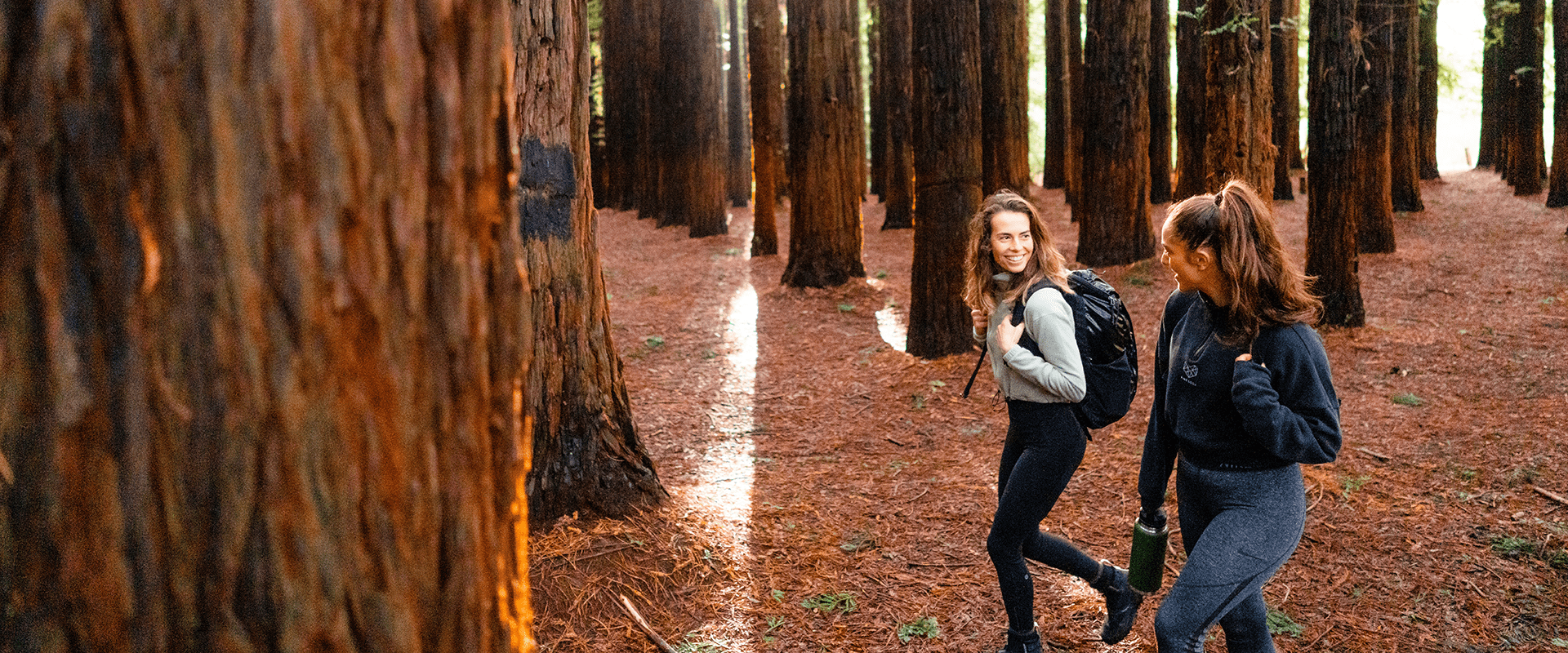5 tips to get the best wildflower photos
Wednesday 28 October, 2020
Spring means wildflowers are in full bloom across our parks – it’s a great time to get outdoors with your camera to take some spectacular photos. We’ve asked some passionate wildflower photographers to share their top tips, to assist you when you’re out in nature next.
To get a special shot you don’t need a top of the line camera with a big lens, your smartphone and these simple pointers will do the trick.
1. Change your viewpoint
We’re used to seeing the world from our eye level, by changing your viewpoint or positioning to find a different angle you may get a unique shot.
For that classic macro shot you might get up close to the flower and focus in on one point. Another option is to show wildflowers in their habitat - crouch down low with a wide angle and even use the sky to frame the shot. You might even try shooting straight down into a bunch to get a bird’s eye view.
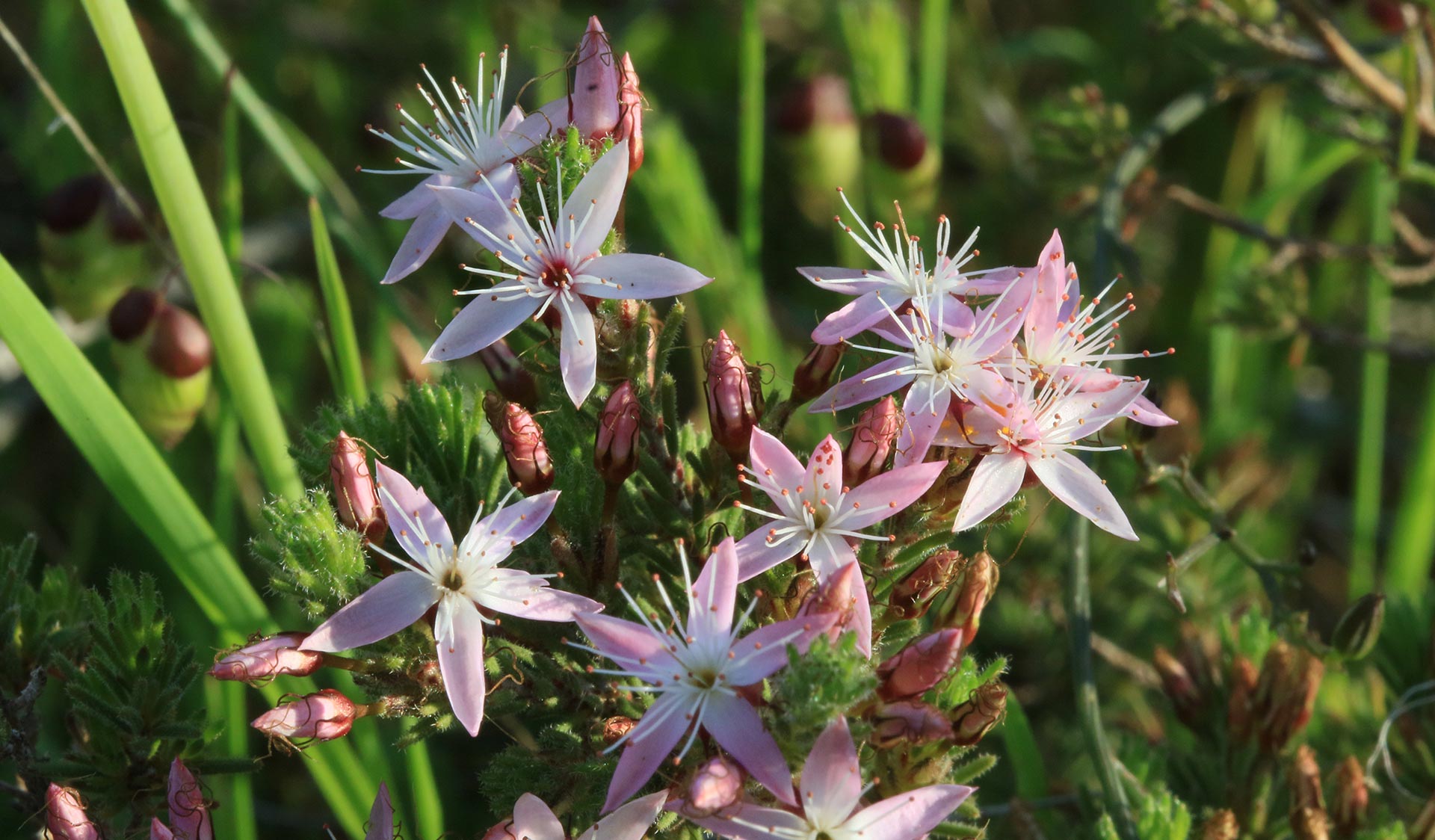
By getting positioning herself close to the flower, the photographer offers a unique and interesting perspective on this common fringe myrtle. Photo by Deb Pople.
2. Experiment with composition and framing
Follow the rule of thirds as a starting point when thinking about composition.
The subject and perspective will normally determine the orientation - whether it’s landscape or portrait - but make sure you experiment with both, sometimes the unexpected just works and you’ll know.
Look for strong lines, shapes, patterns, textures, contrasting colours anything that catches the eye and ideally draws the eye to the focal point. Make sure you give the subject enough headroom – the distance between the top of the subject's head and the top of the frame. You can always crop later but you can't add more room.
3. Find unique points of interest
Keep an eye out for insects, critters or other points of interest around your flowers which may enrich the story your photo is trying to tell. Ants, butterflies or spiders can add movement or intrigue to a photograph, but you generally need to move quickly to capture them.
Water droplets on flowers or leaves can make the photo feel fresh or add more mood to the photo. If it hasn’t rained recently a small spray bottle of water can achieve the same effect.
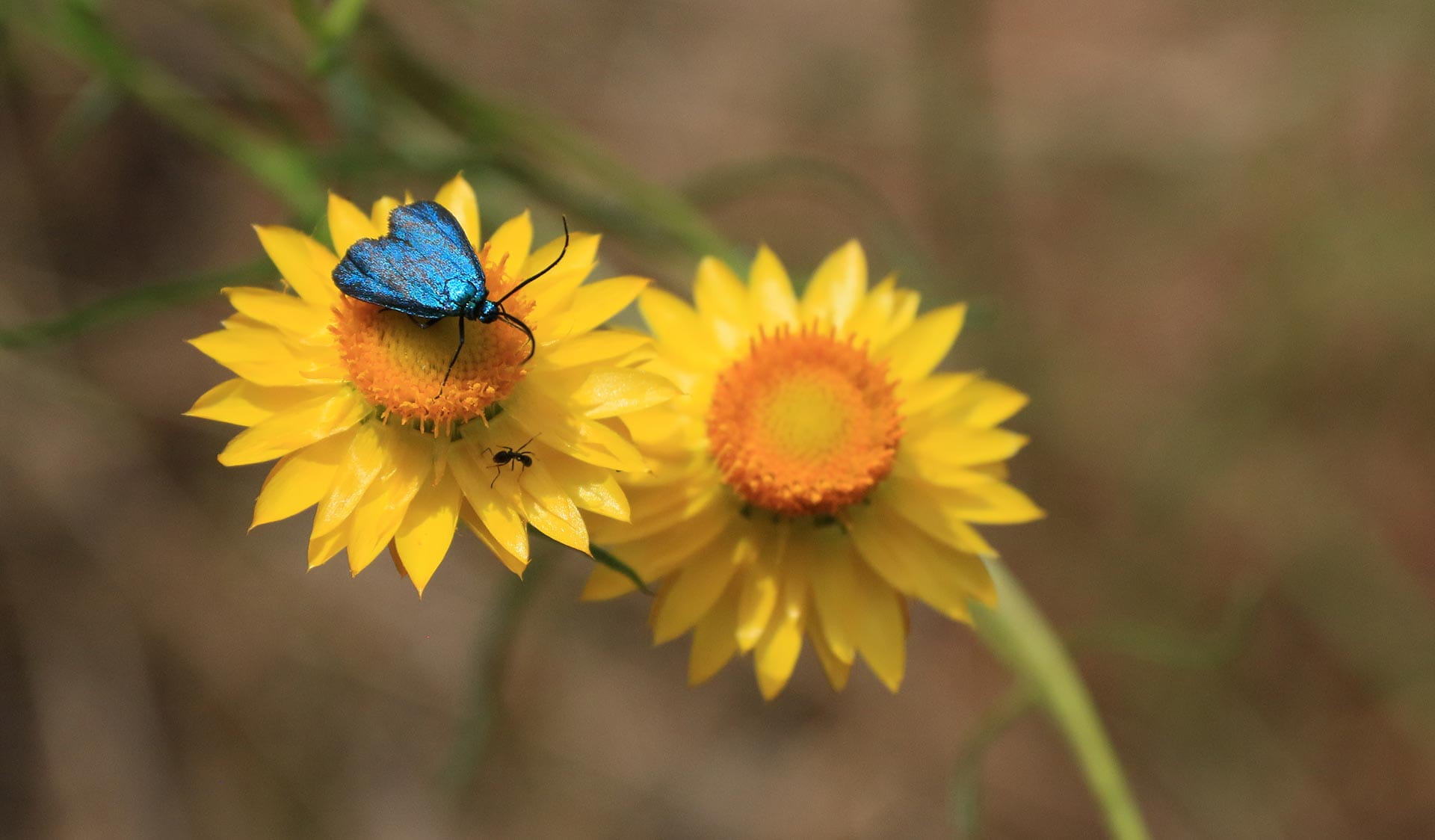
The green forester moth and ant on this sticky everlasting captures the eye and adds a point of interest the photo. Photo by Deb Pople.
4. Look for flowers at different stages of life
Many photographers focus on flowers in full bloom and they’re certainly spectacular, you can also create an arresting and unexpected image at other times in their life cycle. Buds unfurling or just before plants flower can make an interesting photo, as can buds in the process of turning to seed.
5. Play with bokeh and depth of field
Allowing the subject to stand out in front of a blurred background - known in the photography world as bokeh - by controlling the depth of field makes a big difference in wildflower photography. Depth of field is the distance between the nearest and the farthest objects that are in focus in an image.
If you’re using a DSLR or mirrorless camera you can choose the manual or aperture priority setting to shoot with a wide aperture (i.e. f4) and the resulting shallow depth of field will blur the background. However, double check that your subject matter is in focus, otherwise you might end up with an out of focus photo.
Most smartphones also have a function to blur the background and create a pleasant bokeh effect.
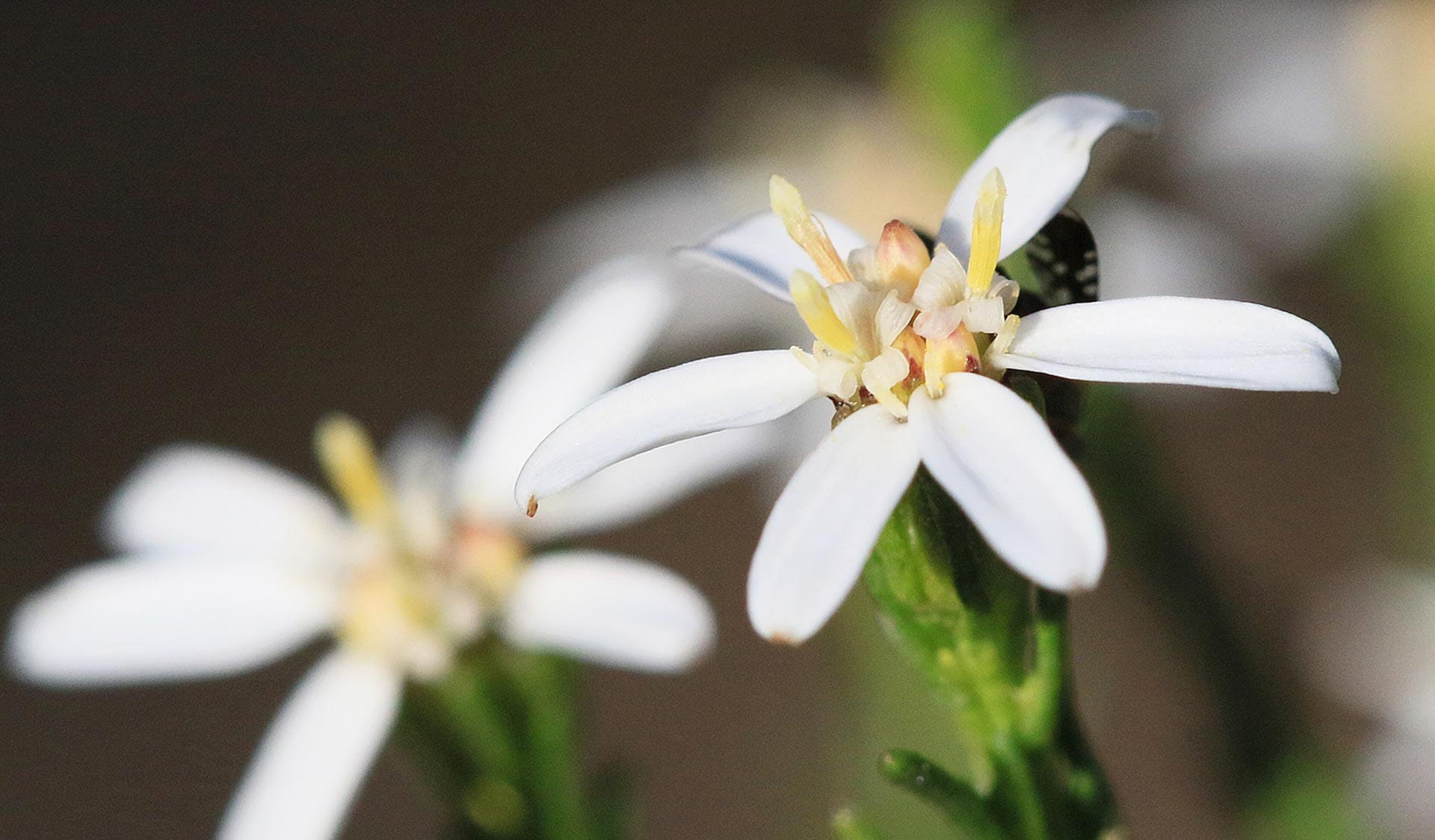
The photographer has employed a shallow depth of field to draw the eye to the flower on the right hand side of the frame. This photo was taken on a smartphone. Photo by Deb Pople.
Bonus tip: camera gear
While you don’t need expensive equipment to get a great shot, a macro lens on a DSLR or mirrorless camera can function almost like a microscope and reveal details you can’t see with the naked eye. You’ll need to hold the camera steady in low light situations and turn on any in-camera image stabliser to keep the photo sharp.
While you’re out taking photos, be mindful of the natural environment around you as our parks are home to many different critters. Always stay on the path or track to prevent damaging the environment.Thanks to all the PV photographers who shared their tips, and especially Parks Victoria’s Deb Pople for her spectacular photos.
Visit our wildflowers page for ideas on where to visit and make sure you tag us in your images on Facebook (@ParksVictoria) or Instagram (@parksvic), we’d love to see your efforts.
